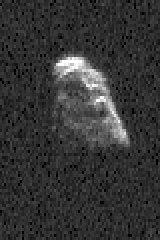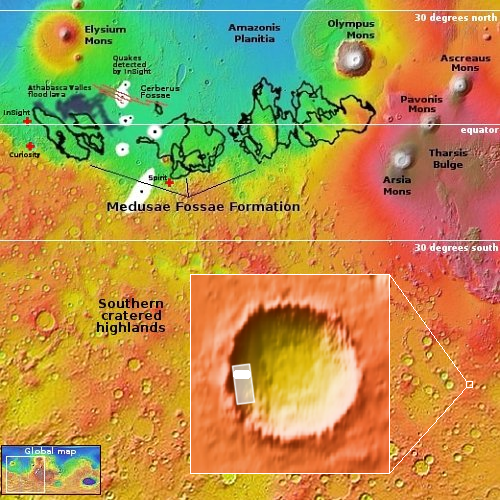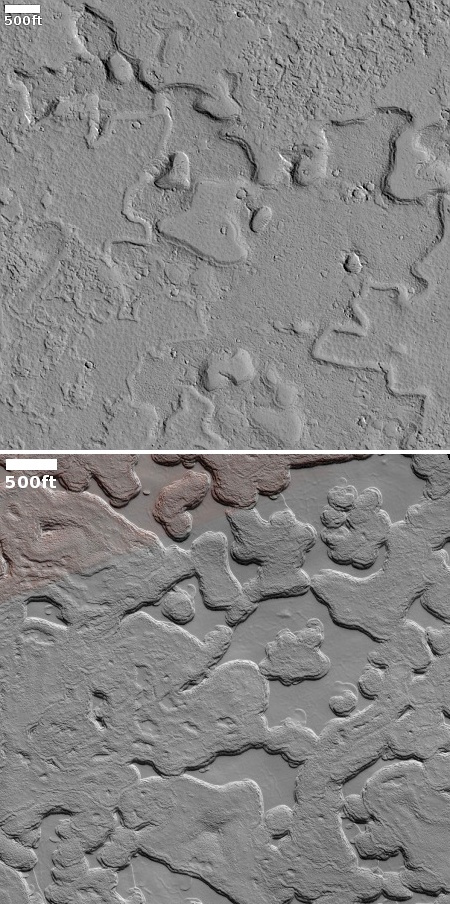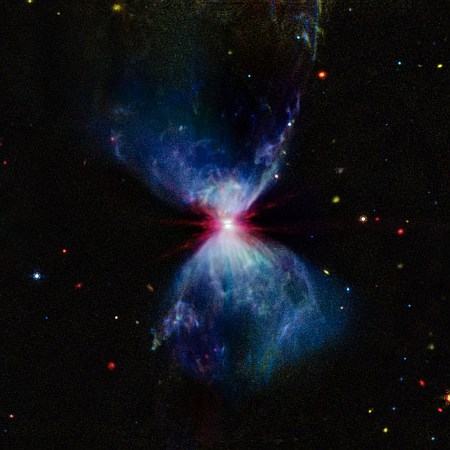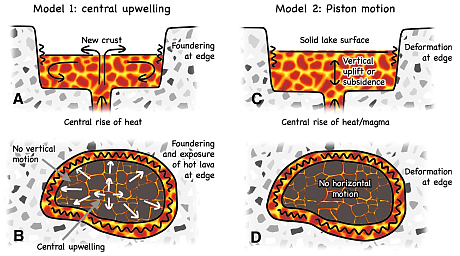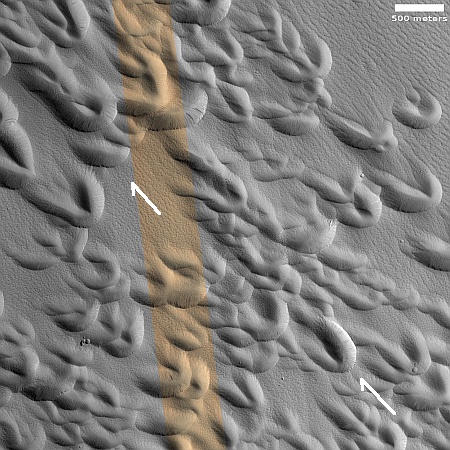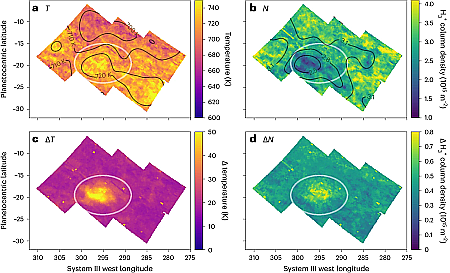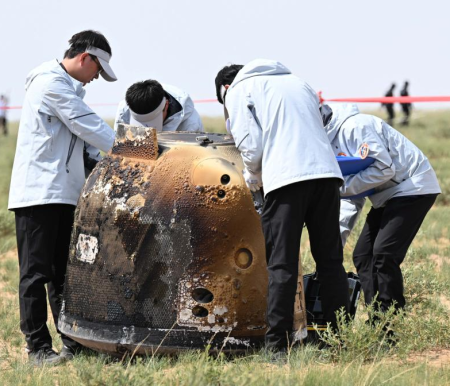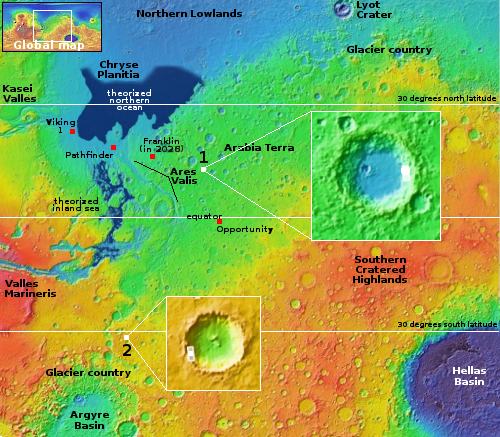Archeologists find the musket balls fired in the first shots of the Revolutionary War
Archeologists digging at Concord discover what they think are five musket balls fired in the first shots of the Revolutionary War.
Archeologists believe five musket balls unearthed in Concord’s Minute Man National Historical Park were fired by colonial militia in the famed battle moments that sparked the Revolutionary War. The 250-year-old musket balls were discovered in an area inside the park where historians believe British troops faced colonial forces at the North Bridge.
Analysis of the artifacts indicates they were fired by colonial militia members from across the river, and not dropped from British weapons when troops were reloading.
Since the Minute Men fired over a period of time, routing the British troops, there is no way to know if these musket balls were the first fired, or among the later rounds. Nonetheless, these artifacts are an actual piece of a moment of history that literally changed all of human history.
Archeologists digging at Concord discover what they think are five musket balls fired in the first shots of the Revolutionary War.
Archeologists believe five musket balls unearthed in Concord’s Minute Man National Historical Park were fired by colonial militia in the famed battle moments that sparked the Revolutionary War. The 250-year-old musket balls were discovered in an area inside the park where historians believe British troops faced colonial forces at the North Bridge.
Analysis of the artifacts indicates they were fired by colonial militia members from across the river, and not dropped from British weapons when troops were reloading.
Since the Minute Men fired over a period of time, routing the British troops, there is no way to know if these musket balls were the first fired, or among the later rounds. Nonetheless, these artifacts are an actual piece of a moment of history that literally changed all of human history.



